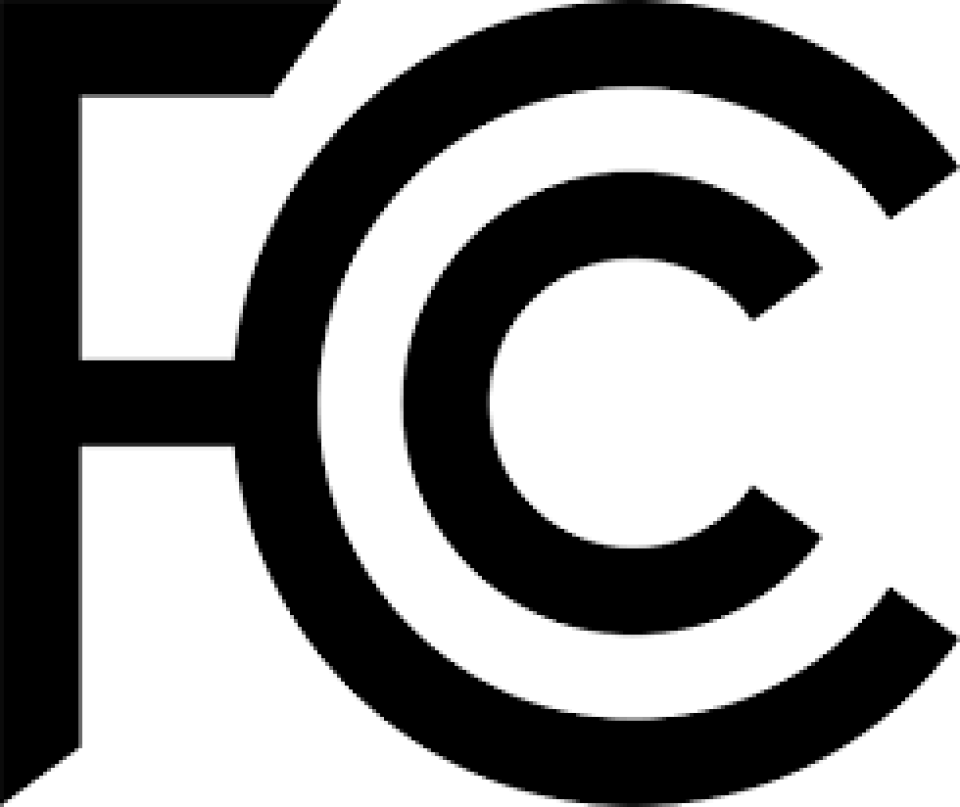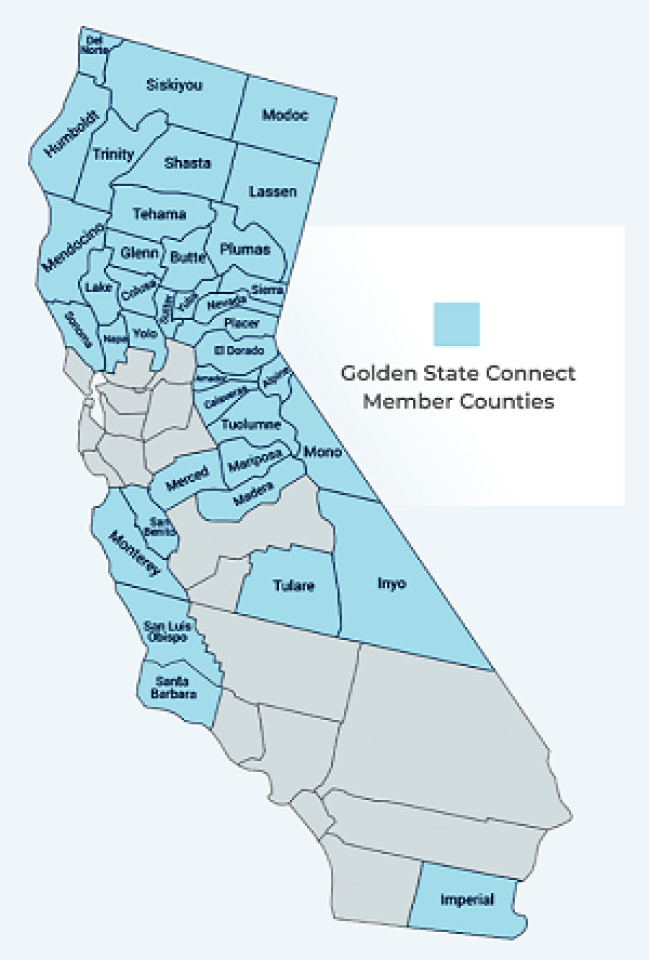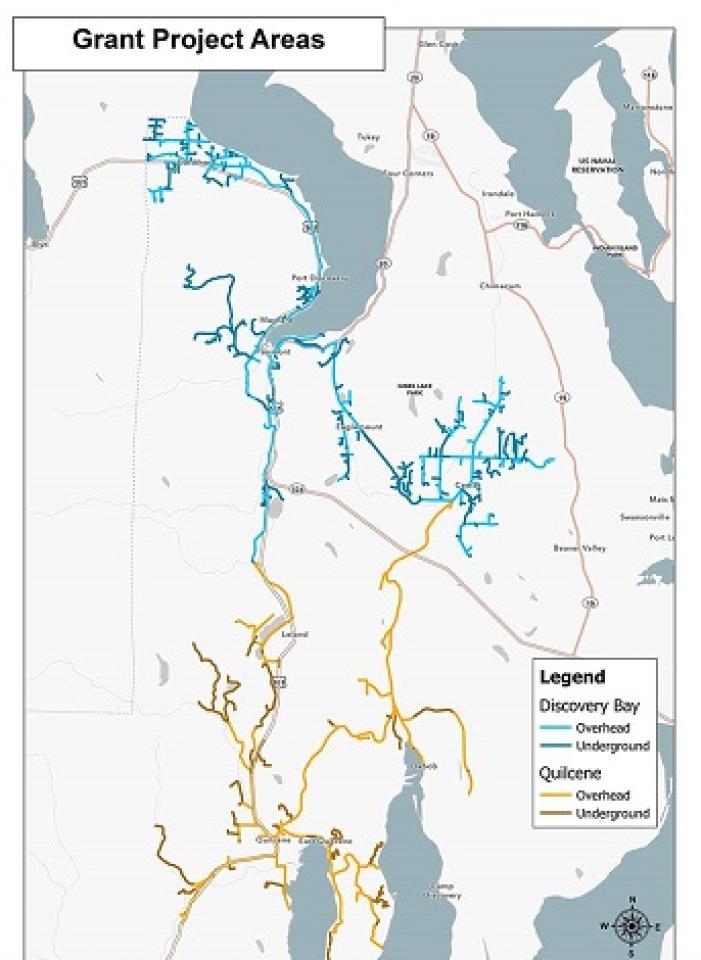
Fast, affordable Internet access for all.

An effort to foster digital sovereignty and support tribal citizens to build and operate their own broadband networks in Indian Country is gaining momentum.
Responding to the challenges of COVID and the opportunities created by the federal attention and investment into tribal broadband, our own Christopher Mitchell, Director of the Community Broadband Initiative at the Institute for Local Self-Reliance, prominent Tribal broadband advocate and 20-year veteran behind the Tribal Digital Village, Matt Rantanen - along with a loose coalition of public interest tech people - have organized a series of trainings to help tribes tackle building and running networks for themselves.
These Tribal Broadband Bootcamps build on the work of Internet Society's North American chapter at an Indigenous Connectivity Summit. The first Bootcamp, held in the summer of 2021, brought together nearly two dozen tribal citizens from five indigenous nations who gathered in southern California to learn how to build and operate wireless networks using their FCC license for 2.5 GHz spectrum access. The second bootcamp, held in March 2022, focused both on wireless and fiber networks. The third bootcamp, slated for next week, will be the first on the sovereign territory of the Yurok Nation in northern California.
Tribal Connectivity Front and Center
Each bootcamp is a 3-day intensive learning experience that invites tribal citizens to come together with experienced network architects, managers, and policy experts to walk participants through what it takes to build a local broadband network, how to operate as Internet Service Providers, and handle the associated technical challenges.
Gigi Sohn is still up for confirmation by the Senate to complete the Federal Communications Commission (FCC) - an independent agency in the executive branch of the federal government that has been stuck at a 2-2 split of Democrats and Republicans since President Biden took office. The FCC is supposed to operate with five commissioners, with the party of the President in power having 3 seats.
She was the obvious choice in December of 2020, when it was clear that Joe Biden would take office. With decades of history in telecom and media-related policy as well as a recent stint as Counselor to Tom Wheeler when he was Chair of the FCC, she would be among the most-qualified people to serve on it since I began working in telecom in 2007. And by among, I mean at the top.
I’ve known Gigi for many years and respected her from the first time I saw her in action. She isn’t a political agent trying to figure out the best path to the top. She has strong beliefs, and she’ll tell you what they are in a wonderful Long Island blur of passion. She respects other beliefs and ideas but she isn’t going to pretend she agrees with you when she doesn’t.

Maybe my word isn’t that persuasive, because I tend to agree with Sohn on many issues. But a lot of people with far more credibility among conservatives have spoken up on Gigi. So I hadn’t written anything about this because I assumed it would take time but Gigi would get confirmed. Plus, I focus my work outside DC and there is a lot going on that is keeping us busy.
Last week, the Golden State Connectivity Authority (GSCA) announced it has entered into formal partnership with the municipally owned open access network UTOPIA Fiber, for the Utah-based owner and provider to design, build, and operate a new open access fiber-to-the-home (FTTH) network across the 38 rural counties in the state of California. It's a move that not only offers the chance to bring future-proof connections to millions of rural California households in the near future, but have wide policy and industry implications for open access fiber networks down the road.
Local Governments Band Together

The Golden State Connectivity Authority is a joint powers authority (JPA) created by the Rural County Representatives of California (RCRC), which represents more than three dozen rural counties across the state. RCRC seeks to tackle the variety of shared problems that the state's rural communities face by advancing concrete policy solutions across transportation, energy, natural resources, governance, healthcare, and a collection of other arenas.
Jefferson County, Washington’s Public Utility District (PUD) is just the latest to take advantage of a flood of new grants — and recently-eliminated restrictions on community broadband — to expand access to affordable fiber across the state.
Over the last few months, the PUD - situated northwest of Seattle, just across the Puget Sound - has been awarded more than $11 million in grants, including $1 million from the Washington State Public Works board, and another $9.7 million in Broadband Infrastructure Acceleration grants doled out by the Washington State Department of Commerce. The funds will help the PUD connect 2,600 homes in Gardiner, Quilcene, Cape George, Discovery Bay, and Marrowstone Island over the next two years.
Locally Operated Infrastructure, Affordable Prices, Fast Speeds

Construction is expected to start later in 2022, with the first subscribers to come online sometime in the first half of 2023. A project breakdown says they hope to provide basic speeds of 100 Megabits per second (Mbps) for $65 a month, and speeds of 1 Gigabit per second (Gbps) for $90 a month. The network will be open access, which means that additional ISPs (including, presumably, those currently offering service on the existing network) will be able to continue into the expanded areas.The PUD plans to offer a low-income tier for $45/month ($15 after the Affordable Connectivity Program subsidy), which is welcome to see.
Two years after launching a community-based model to help residents overcome the digital skills challenges that keep so many offline, the National Digital Inclusion Alliance (NDIA) announced in February 2022 that it has received a $10 million grant from Alphabet subsidiary Google to dramatically expand the impact of its Digital Navigator Corps model across the country. The money will allow NDIA to take the Corps nationwide to 18 new rural communities (including Tribal sites), helping thousands of people overcome adoption barriers with the help of local experts.
Filling a Need at the Onset of the Covid-19 Pandemic
In August of 2020, NDIA first announced the launch of its new venture - the Digital Navigator initiative - to directly reach the many households across the United States that have access to wireline infrastructure but lack the knowledge, skills, trust, or comfort to turn that possibility into an affordable connection. The goal was to help people “get connected with affordable home Internet [access], find affordable computing devices, and learn basic digital skills,” and was borne directly out of the onset of the Covid-19 pandemic the previous spring.
The Salt Lake Public Library and Rural LISC were pilot partners, but NDIA has since worked with more than 20 organizations and communities over the last two years in addition to releasing a cornucopia of resources for cities and anchor institutions that to adapt and use as they see fit, in places as wide ranging as Austin, Cleveland, Denver, Nashville, Philadelphia, Portland, Providence, and Seattle. All of this work has led to refinement of the Digital Navigator model while also helping thousands get and stay online.
With nearly 65,000 households unable to connect to the Internet at basic broadband speeds of 25/3 Megabits per second (Mbps), municipalities across the Green Mountain State have risen to the fore in formulating creative models for addressing the tens of thousands of homes without broadband access. Iterating on the EC Fiber (with roots back to the early 2000s), joint, municipally led projects have led to the creation of a total of nine Communications Union Districts (CUDs) at present, which places community-owned broadband at the forefront in Vermont.
What’s equally exciting is that the state has likewise stepped up, calling the CUDs the primary avenue by which it will solve the state’s connectivity crisis, and funneling at least $116 million in their direction in the next handful of years, with much of this spending dedicated to CUDs. To date, nearly 85 percent of Vermont’s municipalities and 90 percent of its underserved locations fall within a CUD.

This week on the podcast, Christopher is joined by Will Anderson, Program Coordinator at Vermont Communications Union Districts Association (VCUDA) and Evan Carlson, Board Chair at NEK Broadband (Northeast Kingdom, VT). During the conversation, the three discuss the origins and progress of Vermont’s Communications Union District (CUD) model, how the Department of Public Service has worked to support CUDs with better broadband mapping and data, and NEK Broadband’s journey from identifying a need to connecting their first customers. Christopher, Will and Evan also talk about how CUDs establish partnerships with local ISPs to keep broadband money circulating in the local economy and how CUDs are primed to take advantage of federal COVID relief money.
This show is 35 minutes long and can be played on this page or via Apple Podcasts or the tool of your choice using this feed.
Transcript below.
We want your feedback and suggestions for the show-please e-mail us or leave a comment below.
Listen to other episodes here or view all episodes in our index. See other podcasts from the Institute for Local Self-Reliance here.
Thanks to Arne Huseby for the music. The song is Warm Duck Shuffle and is licensed under a Creative Commons Attribution (3.0) license.
Last year, the Confederated Tribes of the Colville Reservation in Washington State were one of 327 Native Nations to receive wireless spectrum as part of the FCC’s Rural Tribal Window program. Since then, tribal leaders have put that spectrum to use by offering free wireless services that have proven to be a lifesaver during the Covid-19 crisis.
The Rural Tribal Window program offered tribal access to one 49.5 megahertz channel, one 50.5 megahertz channel, and one 17.5 megahertz channel in the 2.5 Ghz band. Tribal applicants could apply for one, two, or all three of the channels, depending on availability.
Building Community Capacity
The Colville tribes say the spectrum allowed them to bring connectivity to 80 percent of the reservation in two phases. The already-completed Phase One brought access to the communities near Keller, Washington, while Phase Two will bring access to the remaining communities by 2026.
“COVID was a shock to everyone, and it became obvious as time went on that there were a lot of kids who had no access to the Internet or devices to connect with,” Andrew Joseph Jr., Chairman of the Colville Tribal Council, told ILSR. “With school going to virtual learning, and the importance of the Internet generally in this day and age, it was necessary to ensure that something be done to make the Internet accessible.”
In addition to the wireless network plan, the tribes are also stringing fiber along Highway 155 between Nespelem and Omak, Washington. Cumulatively, the projects hope to finally bring access to long-neglected areas, many of which aren’t particularly remote yet have been historically neglected by regional monopolies.
“There are temporary networks in all four districts now,” Joseph said of the project’s progress. “There is not a hard count of all connections. The Tribes have grant applications pending to help fund the next step in the project plan, which includes the need to bring Internet access to more and remote areas, as well as laying down the building blocks for additional opportunities in the future.”
Searching for Permanent Solutions
<p>Located in the most northeastern part of Tennessee, BrightRidge has served as Johnson City’s public power utility for nearly 80 years. About a decade ago, BrightRidge stepped into the broadband space, and has since been taking serious strides to connect Johnson City residents and surrounding communities. </p><p><a href="https://muninetworks.org/content/brightridge-creating-10-gig-communitie… we left off with BrightRidge in 2019</a>, the utility was about to start into the first three phases of a fiber buildout to provide 3,847 homes and 373 businesses with broadband access. Since then, <a href="https://www.heraldandtribune.com/local-news/brightridge-continues-broad… and local funding</a> as well as utility investments have allowed BrightRidge to reach thousands of residents in the area. </p><p>Back in 2009 is when Johnson City, Tennessee began thinking about a possible fiber buildout. Since then, the city of 67,000 has considered a number of approaches, eventually landing on building out a hybrid (fiber and fixed wireless) network and serving as a publicly owned broadband utility to bring Internet access to residents. Known today as BrightRidge Broadband, the utility offers symmetric speeds of up to 10 Gigabits per second (for $149/month) in Johnson City and nearby communities. </p><p>Originally slated to be complete in 2026, demand and success in rolling out the infrastructure has led the utility to speed up its deployment plans.
Known for decades as the "Sweet Onion Capital of the World," tourists are still drawn to the rural farmlands of Toombs County in east central Georgia for the annual Vidalia Onion Festival.
But in early November 2021, officials from the member-owned electric cooperative Altamaha Electric Membership Corporation (EMC), flanked by an assortment of state and local officials, gathered at the sprawling L.G. Herndon Farms to announce the cultivation of a new venture. Through its newly created subsidiary Altamaha Fiber, the 86-year-old cooperative recently started construction of a fiber-to-the-home network to serve its 14,000 members who live in Toombs County and in the six neighboring counties (Emanuel, Johnson, Laurens, Montgomery, Tattnall, and Treutlen).
A 5,000-acre spread where they grow Vidalia onions, greens, soybeans, and corn (with over 1,600 cattle and a trucking company on the property), L.G. Herndon Farms was chosen as the site to make the announcement because the farm also happened to be the first business test customer for Altamaha Fiber.
Fiber-to-this-farm will allow for precision agriculture. And, as reported by The Advance, Phil Proctor, the engineer overseeing network construction, noted an added benefit, especially in an area that prizes college football in the ACC: “The lines coming into this building would allow owner Bo Herndon to live stream the Georgia Tech vs. Virginia Tech football game in vivid 4k resolution.”
Beyond the Herndon farm, Georgia Public Service Commissioner Jason Shaw spoke of the far ranging benefits of broadband for the region: